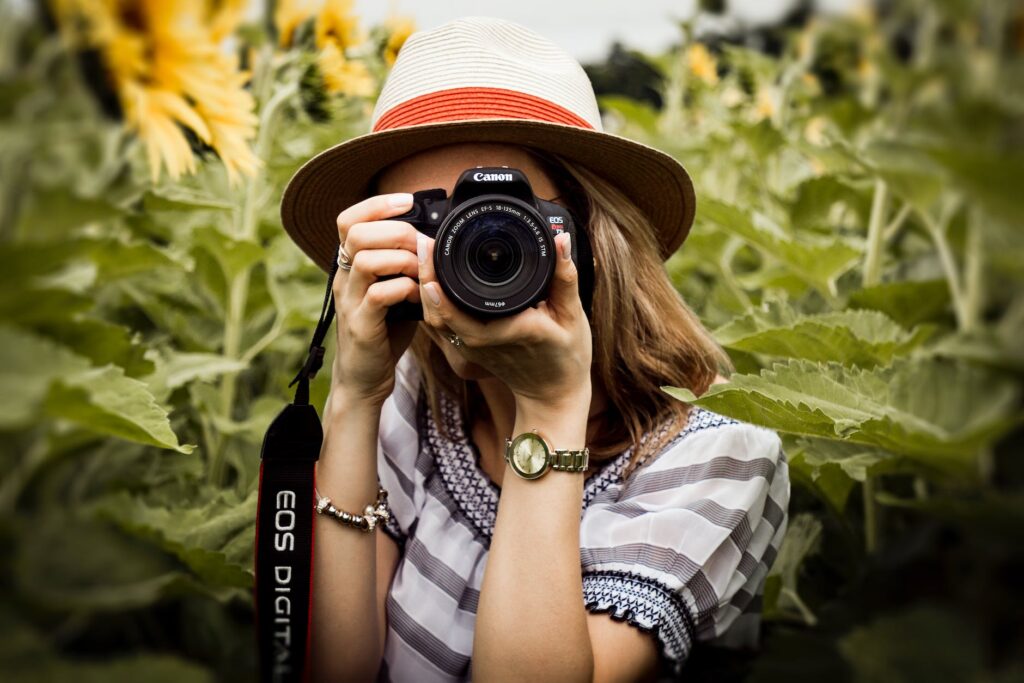
Introduction
Light is the essence of photography. It has the power to transform ordinary scenes into extraordinary works of art. Understanding the different qualities and techniques of light can enable photographers to capture striking images that evoke emotion and convey a sense of beauty. In this blog, we will unveil the secrets of photographic illumination, exploring techniques that can help photographers harness the beauty of light and create visually captivating photographs.
1: The Qualities of Light
Before delving into techniques, it is important to understand the qualities of light. Light can be soft or harsh, warm or cool, and direct or diffused. Soft light, for example, creates smooth shadows and gentle transitions, while harsh light produces strong contrasts and defined shadows. Warm light adds a cozy and inviting feel, while cool light creates a sense of calmness and serenity. By observing and understanding the qualities of light in different situations, photographers can make informed decisions about how to utilize it to their advantage.
2: Golden Hour and Blue Hour
The golden hour and blue hour are magical times for photographers, offering stunning illumination and a captivating atmosphere. The golden hour refers to the period shortly after sunrise or before sunset when the sun is low in the sky, casting a warm, golden light. This soft and warm light enhances colors, adds depth, and creates a sense of warmth and nostalgia. The blue hour occurs just before sunrise or after sunset when the sky takes on a beautiful blue hue. During this time, the soft, diffused light creates a calm and ethereal ambiance. Photographers can take advantage of these hours to capture breathtaking images with a captivating interplay of light and shadow.
3: Using Natural and Artificial Light
Photographers have the opportunity to work with both natural and artificial light sources to create stunning illumination in their photographs. Natural light, such as sunlight or moonlight, offers a sense of authenticity and can produce dramatic effects depending on the time of day. Photographers can also manipulate natural light by using reflectors or diffusers to soften or redirect the light. On the other hand, artificial light sources, such as studio lights or off-camera flashes, provide control and precision in shaping the lighting conditions. Understanding how to effectively use both natural and artificial light sources allows photographers to create the desired mood and highlight specific elements within the frame.
4: Silhouettes and Backlighting
Silhouettes and backlighting are powerful techniques that utilize the interplay of light and shadow to create striking and evocative images. Silhouettes occur when the subject is backlit, resulting in a dark outline against a brighter background. This technique can emphasize shape, form, and emotion, as the absence of detail allows viewers to focus on the subject’s silhouette. Backlighting, on the other hand, involves placing the main light source behind the subject, creating a halo effect and highlighting the subject’s contours. This technique adds depth, drama, and a sense of mystique to the photograph.
5: Long Exposure and Light Painting
Long exposure and light painting techniques offer creative opportunities to capture stunning illumination in low-light situations. Long exposure involves using a slow shutter speed to capture the movement of light over an extended period. This technique can create mesmerizing light trails, smooth water effects, and a dreamy, ethereal atmosphere. Light painting involves selectively illuminating specific areas of the scene using handheld light sources during a long exposure. This technique allows photographers to create intricate patterns, add emphasis to certain elements, and bring a touch of magic to their images.
Conclusion
Mastering the art of capturing striking photographic illumination requires a deep appreciation for the qualities of light and an understanding of various techniques. By embracing the golden hour and blue
hour, utilizing natural and artificial light sources effectively, experimenting with silhouettes and backlighting, and exploring long exposure and light painting, photographers can create images that are visually captivating and emotionally engaging. The beauty of light is a powerful tool in photography, and by unveiling its secrets, photographers can unlock new creative possibilities and elevate their work to new heights.